World Wildlife Conservation Day Aims to Protect Endangered Species
Since 2012, December 4 has been World Wildlife Conservation Day. Here are some facts about the species that are currently designated as Critically Endangered. World Wildlife Conservation Day came out of a pledge by the US State Department to protect wild animals by encouraging protections for species all over the world.

Photo By: Mike Hill
Photo By: by wildestanimal
Photo By: Bruce Levick
Photo By: silkwayrain
Photo By: Fajrul Islam
Photo By: guenterguni
Photo By: Billy Currie Photography
Photo By: Mikael Drackner
Photo By: Anup Shah
Western Lowland Gorilla
Native to Africa, this species lives in the most remote and dense rainforests, so the exact number is not known. The decline of this species is due to poaching and disease and will likely take almost a century to recover.
Hawksbill Turtle
This species mainly lives in tropical waters around coral reefs and are an essential part of maintaining those ecosystems.
Sumatran Elephant
With a global population of less than 3,000, this species is endangered due to threats to their habitat.
Yangtze Finless Porpoise
The Yangtze River was once home to two species of dolphins, the finless porpoise and the Baiji dolphin. The Baiji dolphin is fully exitinct, and less than 2,000 of the Yangtze Finless Porpoise remain.
The Sumatran Orangutan
There are only nine existing wild populations of Sumatran orangutan left on the entire island of Sumatra.
Eastern Lowland Gorilla
This sub-species of gorilla is endangered due to the civil unrest in the Democratic Republic of Congo, which left these mammals exposed to poaching.
Amur Leopard
This rare subspecies of leopard is native to Asia and is also called the Korean leopard and the Far East leopard.
Black Rhino
In the 20th century, the black rhino population decreased by 98%. Though still critically endangered, this species is up to 5,600 today from a bleak 2,500 due to efforts to deter poaching.
Bornean Orangutan
This species are forest dwellers and have lost 55% of their habitat in the past 20 years due to deforestation.

















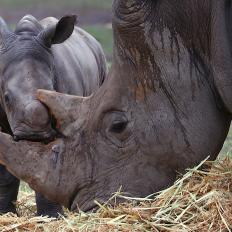
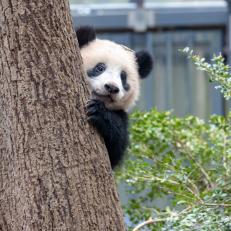
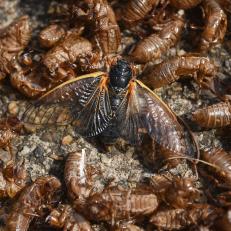

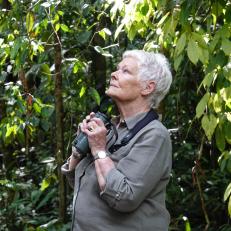
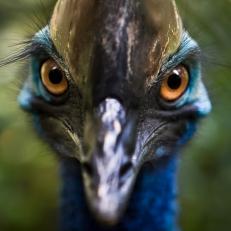
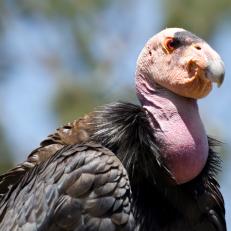


.jpg.rend.hgtvcom.231.231.suffix/1633031314945.jpeg)
